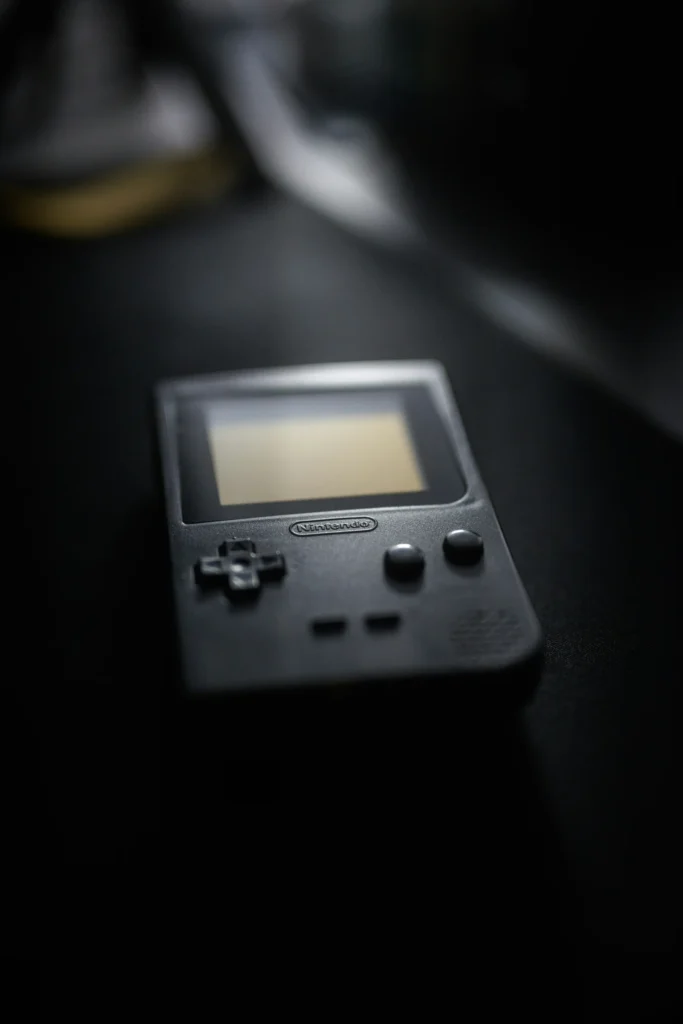Introduction to Drone Building
DIY drone building has gained significant popularity in recent years, becoming an appealing activity for both hobbyists and professionals alike. This trend is largely due to the versatility drones offer in various applications, such as aerial photography, surveillance, package delivery, and recreational entertainment. Nowadays, it’s common to see people using drones not only to capture stunning images from unexplored angles but also to study wildlife, perform inspections, and participate in races.
One of the main advantages of building a drone instead of purchasing a commercial one is the opportunity for customization. By creating a homemade drone, you can select each component to suit your specific needs, whether it’s the type of camera, battery life, or even the frame of the device. This approach not only allows enthusiasts to tailor their drones to specific projects but also fosters a deeper understanding of how drones work and the technology behind them.
Moreover, learning how to build a DIY drone offers hands-on immersion into the concepts of aerodynamics, electronics, and robotics. The experience of building, programming, and piloting your own drone can lead to valuable personal and professional growth in the field of technology. Online communities play a vital role in this process, with forums, social media groups, and platforms like YouTube where enthusiasts can exchange ideas, get advice, and share their projects. These resources provide support and motivation, making it easier for those venturing into the world of DIY drones.
Materials and Tools Required
To build an efficient DIY drone, gathering the right materials and tools is essential. The first key component is the motor. Brushless motors are highly recommended as they provide better performance and efficiency. Brands like EMAX and T-Motor offer reliable, high-quality options frequently mentioned in drone enthusiast communities.
The next essential element is the flight controller, which serves as the drone’s brain. Controllers like the Pixhawk or Flight Controller F4 are popular among hobbyists because they allow for a wide range of configurations and adjustments, making it easier for users to learn how to handle their homemade drones.
For power, you’ll need lithium polymer (LiPo) batteries. These batteries are lightweight and have high energy density, making them ideal for extended flight times. The battery capacity will depend on the size of the drone and the desired flight duration, so it’s recommended to consult the specifications based on your chosen model.
You’ll also need suitable propellers, which should be selected based on the motor size and the drone’s design. Propellers from brands like Gemfan are appreciated for their efficiency and durability. Pay close attention to the propellers’ diameter and pitch, as they influence flight performance.
Finally, a sturdy frame, preferably made of lightweight materials like carbon fiber or durable plastic, is essential for housing all the drone components. Once you’ve gathered these materials, assembly tools are indispensable. A quality soldering iron, screwdrivers, and a multimeter will ensure precise assembly and optimal functioning. Having the right equipment will contribute significantly to the success of your DIY drone project.
Step-by-Step: Assembling Your Drone
Assembling a DIY drone is an exciting process that requires attention to every detail. Before starting, ensure you have all the necessary components, including the frame, motors, propellers, flight controller, and battery. Preparation is key; organize a clean, well-lit workspace to make the assembly process easier.
Start by preparing the frame. This component provides the structure for your drone, so make sure the arms are securely attached and there are no loose parts. Next, install the motors in the designated positions on the frame. It’s recommended to follow the manufacturer’s instructions to ensure proper installation. Ensure the electrical connections are tight to prevent issues during flight.
Once the motors are installed, the next step is to attach the propellers. Carefully place them, ensuring each is firmly secured and facing the correct direction. This will help maximize the drone’s efficiency and performance. After this, it’s time to install the flight controller. This component is crucial for the drone’s stability, so follow the instructions carefully. Connect the motors to the controller and ensure all connections are precise.
Finally, review all connections and verify that each component is in place. Conduct a general check for potential errors, such as frayed wires or loose components. For those who prefer visual guidance, there are numerous video tutorials on building a DIY drone that can clarify each step of the process. In conclusion, your drone assembly will be more successful if you follow these steps with care and attention.
Final Tests and Adjustments
Once your drone assembly is complete and ready for flight, it’s crucial to conduct tests and final adjustments to ensure optimal performance. Start with a thorough safety check. Ensure all components are securely fastened, the propellers have no visible damage, and the battery is properly charged and connected. This check is critical to avoid unforeseen issues during the maiden flight.
After verifying the drone’s safety, the next step is calibrating the controls and adjusting the flight software configuration. Calibrating sensors and controls, such as the gyroscope and accelerometer, is essential to ensure the drone operates precisely and responsively. This may involve following specific instructions in your flight software, so take your time with this process. Proper configuration adjustments may also include customizing speed and responsiveness settings to match your experience level with drones.
For initial flight tests, it’s advisable to do so in a clear, controlled area. Observe how the drone responds to commands, paying close attention to stability and reaction time. During these tests, a careful approach can help identify any anomalies or unexpected behavior. Be prepared to make post-flight adjustments based on what you observe. Learning from the experience is an integral part of this process, and minor tweaks often result in significant performance improvements. Being open to adjustments will be key to the long-term success of your DIY drone project.


